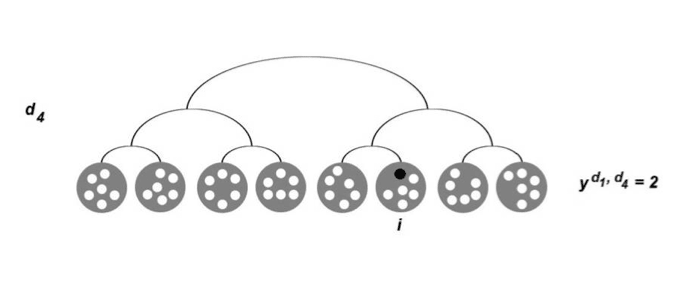Origins of Networks

Publications
Research Summary
Recent research on social contagion has demonstrated significant effects of network topology on the dynamics of diffusion. However, network topologies are not given a priori. Rather, they are patterns of relations that emerge from individual and structural features of society, such as population composition, group heterogeneity, homophily, and social consolidation. Following Blau and Schwartz, the author develops a model of social network formation that explores how social and structural constraints on tie formation generate emergent social topologies and then explores the effectiveness of these social networks for the dynamics of social diffusion. Results show that, at one extreme, high levels of consolidation can create highly balkanized communities with poor integration of shared norms and practices. As suggested by Blau and Schwartz, reducing consolidation creates more crosscutting circles and significantly improves the dynamics of social diffusion across the population. However, the author finds that further reducing consolidation creates highly intersecting social networks that fail to support the widespread diffusion of norms and practices, indicating that successful social diffusion can depend on moderate to high levels of structural consolidation.

Awards
- 2017 James Coleman Award for Outstanding Article, Rationality and Society Section of the American Sociological Association
